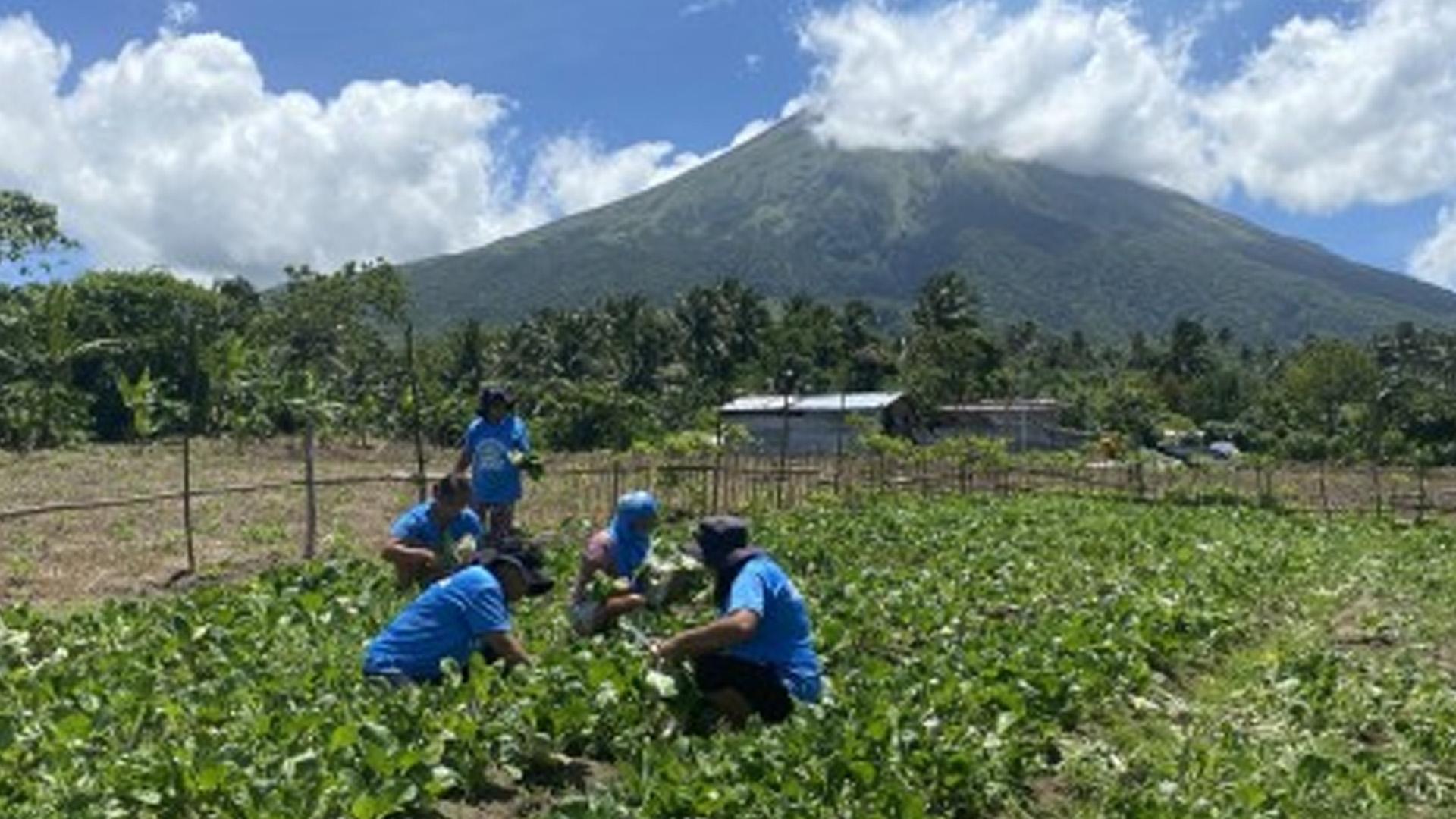Damage to agriculture directly attributed to the El Niño phenomenon has now amounted to at least PHP171 million in only two provinces in Bicol, an official of the regional Department of Agriculture (DA) office said Thursday.
The province of Masbate incurred the biggest losses so far at PHP140.6 million while Albay farmers lost PHP30.4 million, Lovella Guarin, DA-Bicol’s public information officer, said in an interview.
Other provinces have yet to submit their damage report to the agriculture office, she said.
Data furnished to the Philippine News Agency (PNA) showed that the provinces of Albay and Masbate alone had a total of 6,561.72 hectares of rice farmlands affected by the drought, 2,300 hectares of which had no more chance of recovery.
Guarin said the impacted farmlands would have a total production loss of about 8,000.53 metric tons.
The losses had affected at least 3,070 farmers in the towns of Placer, Dimasalang, San Pascual, Milagros, Cawayan and Esperanza in Masbate; and 4,059 farmers in the municipalities of Libon and Pio Duran in Albay province for a total of 7,129 farmers, the DA official said.
On Jan. 19, President Ferdinand R. Marcos Jr. signed Executive Order (EO) No. 53 to streamline, reactivate and reconstitute the old El Niño task forces under EO No. 16 (s. 2001) and Memorandum Order No. 38 (s. 2019).
Under EO No. 53, the President instructed the task force to develop a comprehensive disaster preparedness and rehabilitation plan for El Niño and La Niña to provide “systematic, holistic, and results-driven interventions” to help the public cope and minimize their devastating effects.
Meanwhile, some 1,047 hectares of farmlands in the region planted to corn and rice had been affected by various pests, the DA-Bicol’s Regional Crops Protection Center (RCPC) disclosed.
Based on the RCPC monitoring, the majority of the infested rice and corn farms were either in the vegetative or reproductive stages.
Among the pests that had sown terror on the farmlands were bacterial leaf blight, fall armyworms, stem borers, corn plant hoppers, brown plant hoppers and rodents.
“The regional agriculture office had extended assistance to the affected farmers by way of biological control agents if the infestation was still manageable and chemical pesticides if already in the advanced stage,” Guarin said. (PNA)









